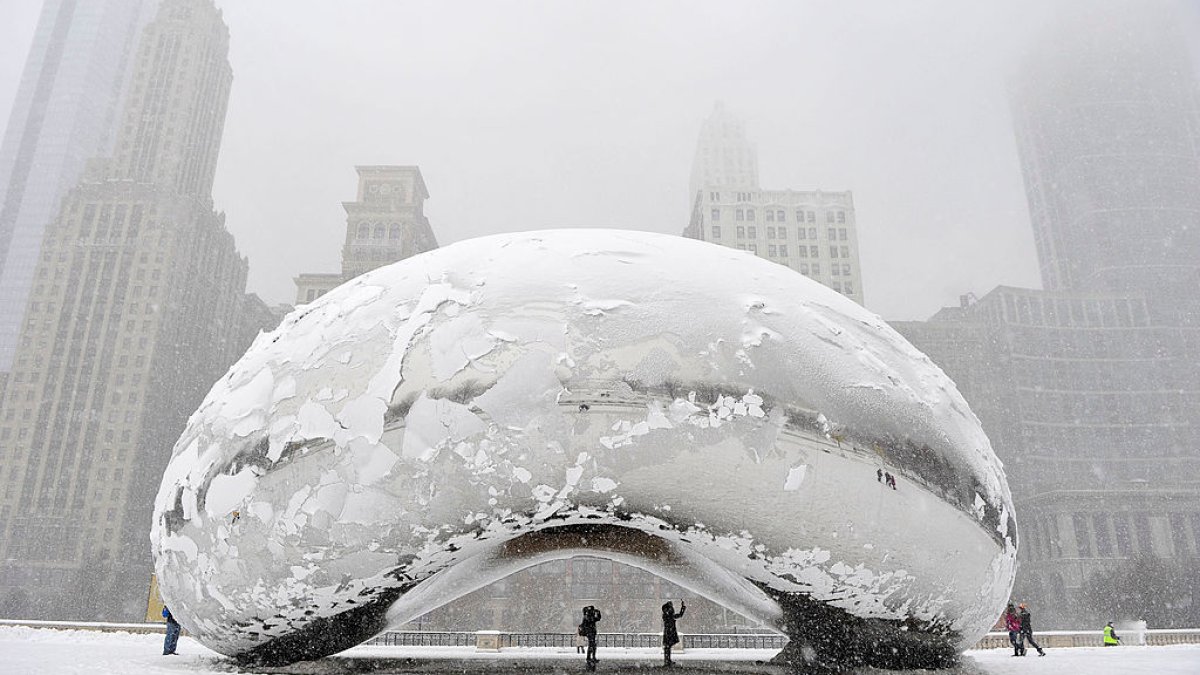Winter in the Chicago area is a frequent topic of conversation among residents, and a series of predictions and projections are shedding light on what we could expect.
The latest prediction comes from the Farmer’s Almanac, as the publication made a pretty bold prediction for winter weather in the Midwest.
What did those predictions say? How successful is the publication? And how do government agencies look at this winter’s forecast?
Here’s what you need to know.
What does the Farmer’s Almanac say about Chicago’s weather?
According to the almanac’s latest predictions, the Chicago area falls under what the publication calls a “classic winter wonderland scenario.”
The predictions call for the Chicago area and the rest of the Midwest to deal with “very cold” and “snowy conditions,” calling for extended cold snaps in January and February.
This comes after fall predictions hinted at the potential for an early fall snow in the Great Lakes region, continuing into Thanksgiving.
How do meteorologists tend to view the Farmer’s Almanac predictions?
Many meteorologists dispute the accuracy and the methodology employed by the Farmer’s Almanac and caution against such long-range predictions.
The Farmer’s Almanac claims a success rate of 80-to-85%, though many media studies have contested that figure. One such study, conducted by the University of Illinois and cited by Popular Mechanics, holds that the Old Farmer’s Almanac is only correct 52% of the time, which essentially represents the odds of a coin flip landing on either heads or tails.
Accurately predicting weather beyond two weeks can be particularly challenging.
For those looking for the most accurate forecasts, check out the NBC 5 Storm Team here.
Could La Niña impact projections for winter?
According to new guidance issued by the Climate Prediction Center, conditions are expected to remain ENSO-neutral during the fall months, keeping with a recent trend after the end of a La Niña pattern earlier this year.
The new guidance however indicates that a “brief period of La Niña” could arrive during the fall and stick around during the early winter before conditions revert to a neutral pattern.
While La Niña impacts tend to be weaker than those of its more well-known cousin El Niño, it can have some impacts on Illinois weather. According to the University of Illinois, falls typically are cooler in the northern states during such a pattern, while winters are typically warmer and wetter on average.
Those wetter winters can come with more snow and winter storms, according to university officials.
What does the Climate Prediction Center say?
While the CPC is not yet making forecast projections for the winter months, its modeling suggests a chance of above average temperatures in the Chicago area for the first two months of meteorological fall in September and October.
Its precipitation modeling for that time period holds there are equal chances of more or less precipitation than normal.
